When most people think of cybersecurity, they think firewalls, antivirus, and strong passwords. But what if we told you that the real danger might already be inside your devices?
Cybercriminals are getting smarter, and today’s most damaging attacks often stem from overlooked vulnerabilities—many at the hardware level. If you’re using generic, off-the-shelf systems or outdated machines, you may be wide open to silent threats you’ve never even heard of.
Let’s dig into 10 hidden threats and how you can protect your business from the inside out.
1. Firmware Exploits
Firmware sits between your hardware and software, and it often goes unmonitored. Attackers exploit outdated or unpatched firmware to gain persistent access to systems.
Tip: Ensure your devices support secure boot and can be regularly updated.
Learn how TrinWare’s custom systems support secure firmware updates
2. Token Theft
Token-based authentication (like Microsoft 365 access tokens) can be hijacked and reused by attackers, bypassing passwords and MFA.
Tip: Work with an MSP that can monitor token use and implement Zero Trust protocols.
Explore TrinFortress—TrinWare’s cybersecurity solution with token protection
3. BIOS-Level Malware
Malware embedded into the BIOS can survive reboots and even disk wipes, making it nearly impossible to detect with traditional tools.
Tip: Use hardware with tamper-resistant BIOS and endpoint detection tools with firmware scanning capabilities.
4. Insecure Peripheral Devices
Printers, webcams, and even USB hubs can serve as hidden access points for attackers.
Tip: All components, even peripherals, should be verified and monitored for unusual behavior.
5. Outdated Drivers and Chipsets
Drivers are the bridge between your OS and hardware. Outdated drivers are prime targets for exploits.
Tip: Keep drivers current, especially for network and graphics cards, and avoid generic installs from unknown sources.
Learn how our MSP services handle updates proactively
6. Rogue Hardware Implants
Some attackers physically modify devices (motherboards, keyboards) to inject backdoors during manufacturing or shipping.
Tip: Source your hardware from trusted, vetted partners with full-chain-of-custody processes.
Discover how TrinWare builds and ships in-house
7. Invisible Network Card Snooping
Unsecured NICs (network interface cards) can be hijacked to monitor traffic, especially in legacy systems.
Tip: Use systems with hardened NICs and segmented VLANs for sensitive data.
8. Supply Chain Attacks
If any part of your device’s hardware or software is compromised during transit or setup, your system could be infected before it even powers on.
Tip: Only work with providers who assemble and test machines in-house, like TrinWare.
9. Thermal and Acoustic Side-Channel Attacks
Yes, this is real. Some researchers have shown it’s possible to extract data from systems using sound or heat emissions.
Tip: While rare, air-gapped systems in high-security environments should follow advanced shielding and isolation standards.
10. Misconfigured Hardware Settings
Default configurations often leave devices open to exploit. From open ports to remote access features, small missteps can cause big problems.
Tip: Use a provider that hardens devices before shipping and continues to manage settings post-deployment.
Final Thoughts: Custom Hardware and MSP Support Are Your Best Defense
These threats might seem obscure, but the consequences are real. A single firmware exploit or hijacked token can cost you more than just money—it can cost your reputation.
At TrinWare, we take a layered approach. Our custom-built systems are designed with security at the hardware level, and our MSP services give you proactive protection long after deployment.
Don’t just upgrade your antivirus. Upgrade your entire security mindset.
CTA: Contact us today to protect your business from the inside out


